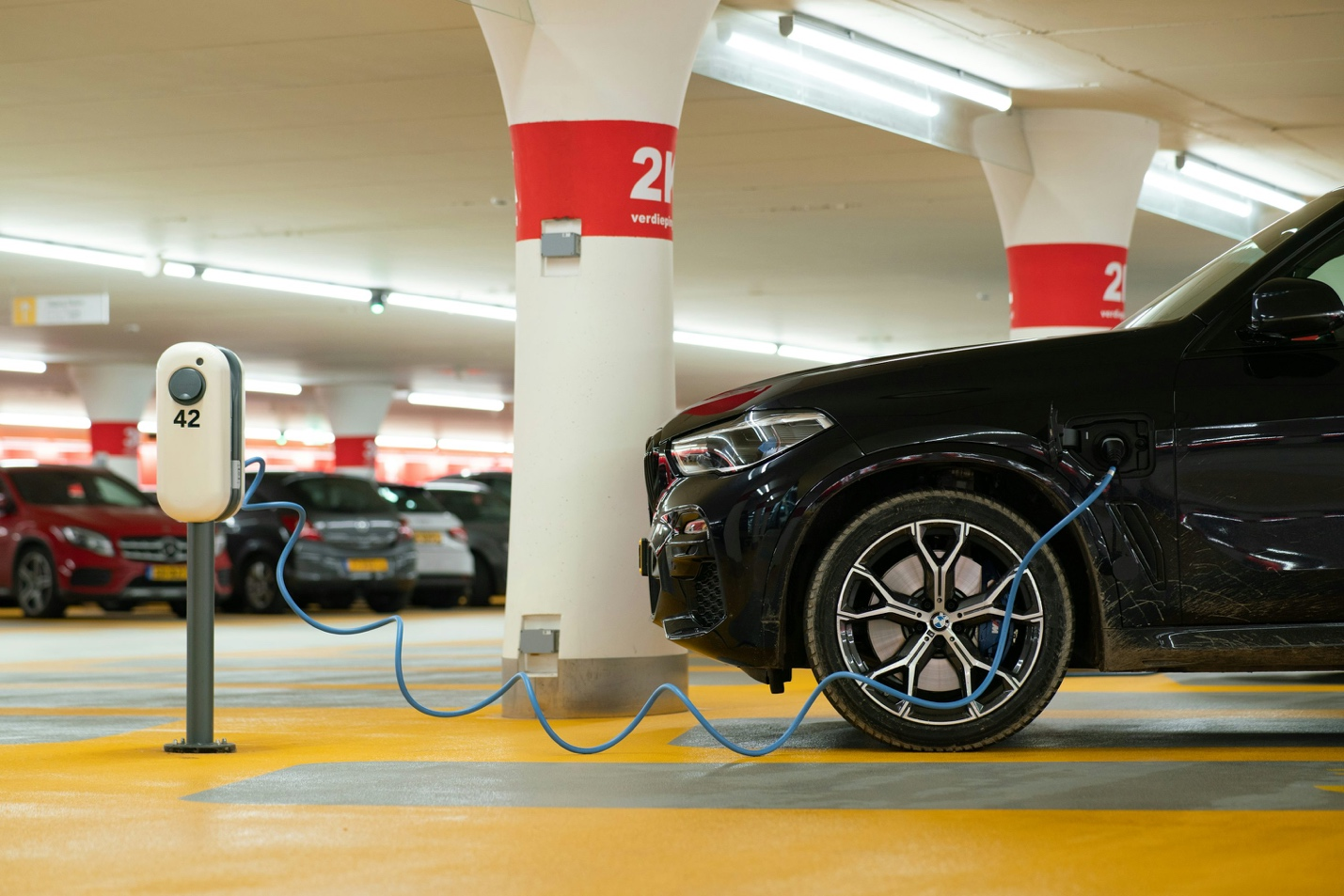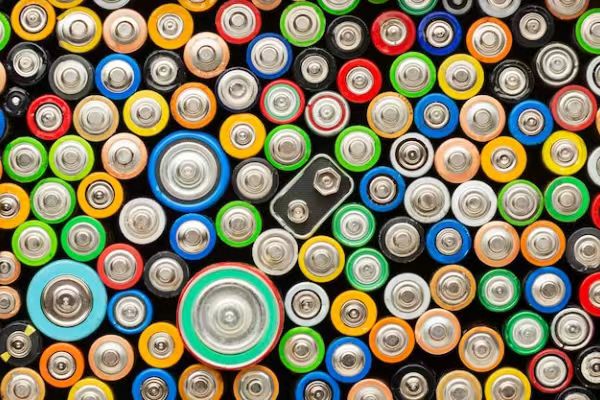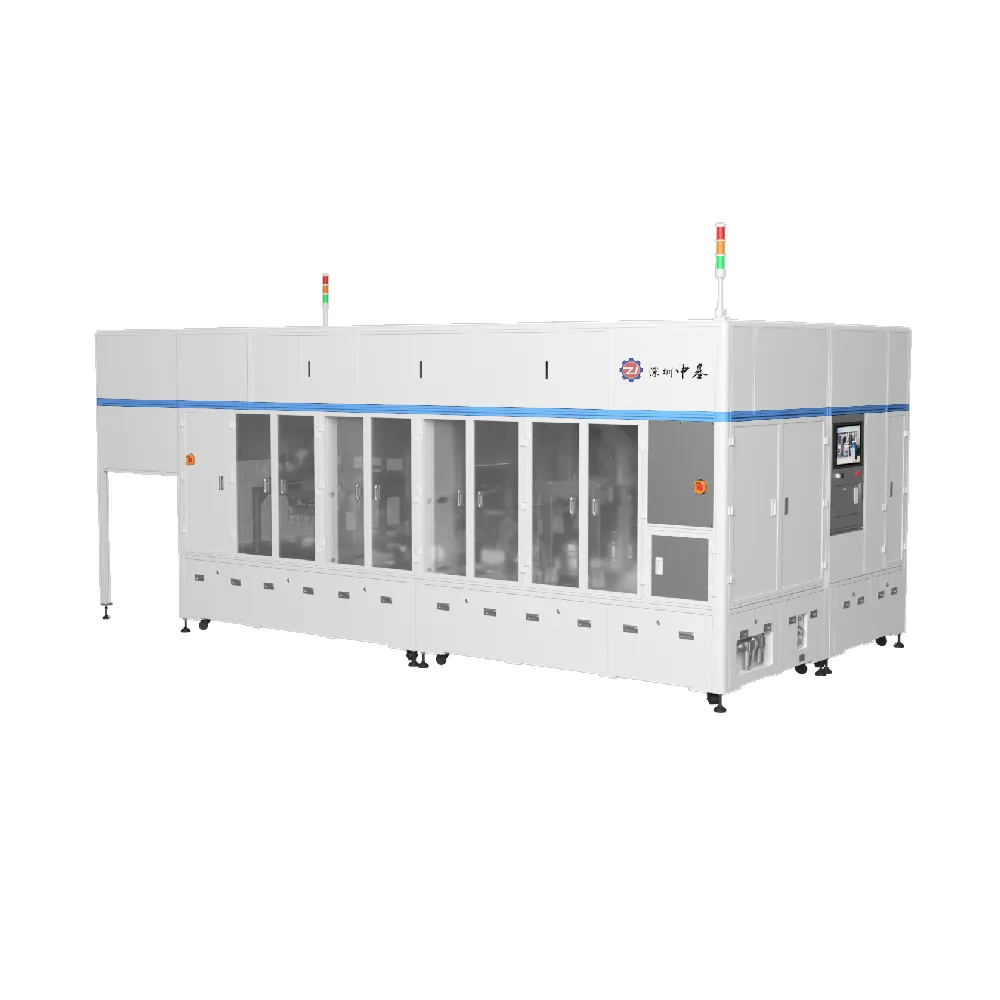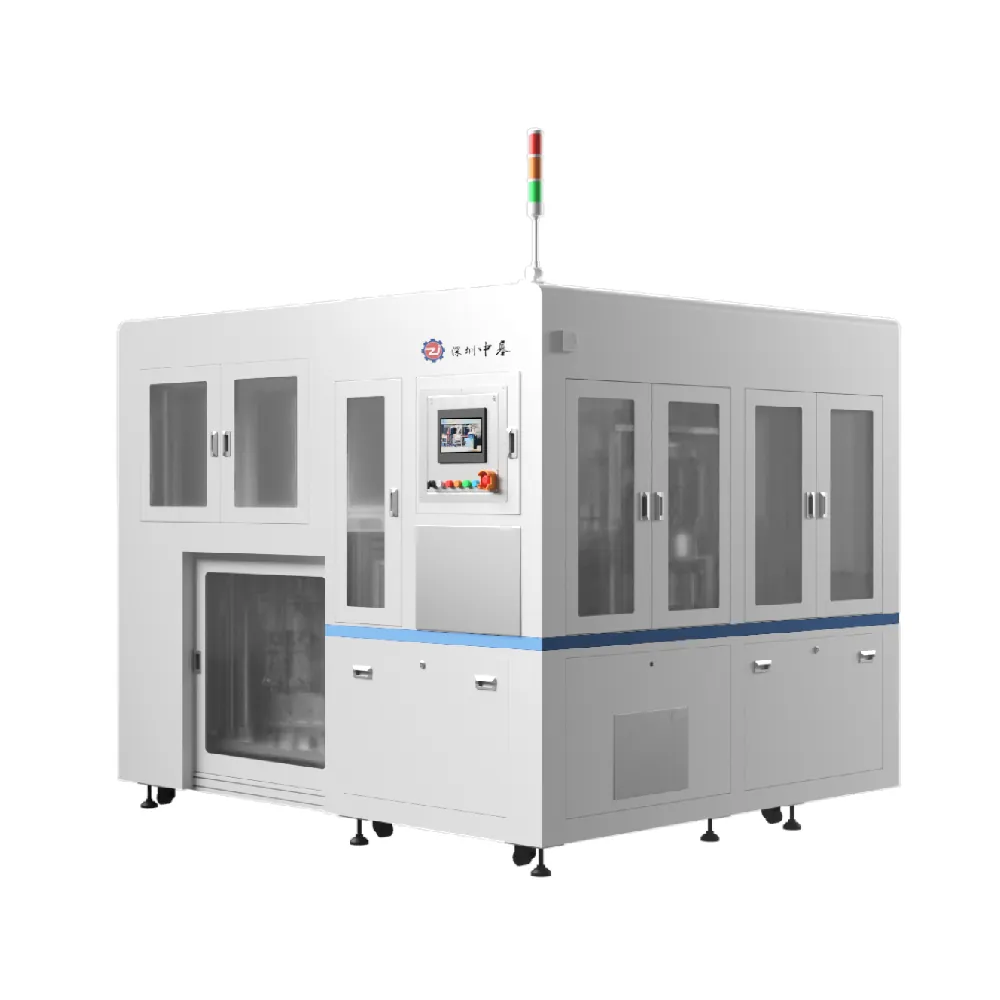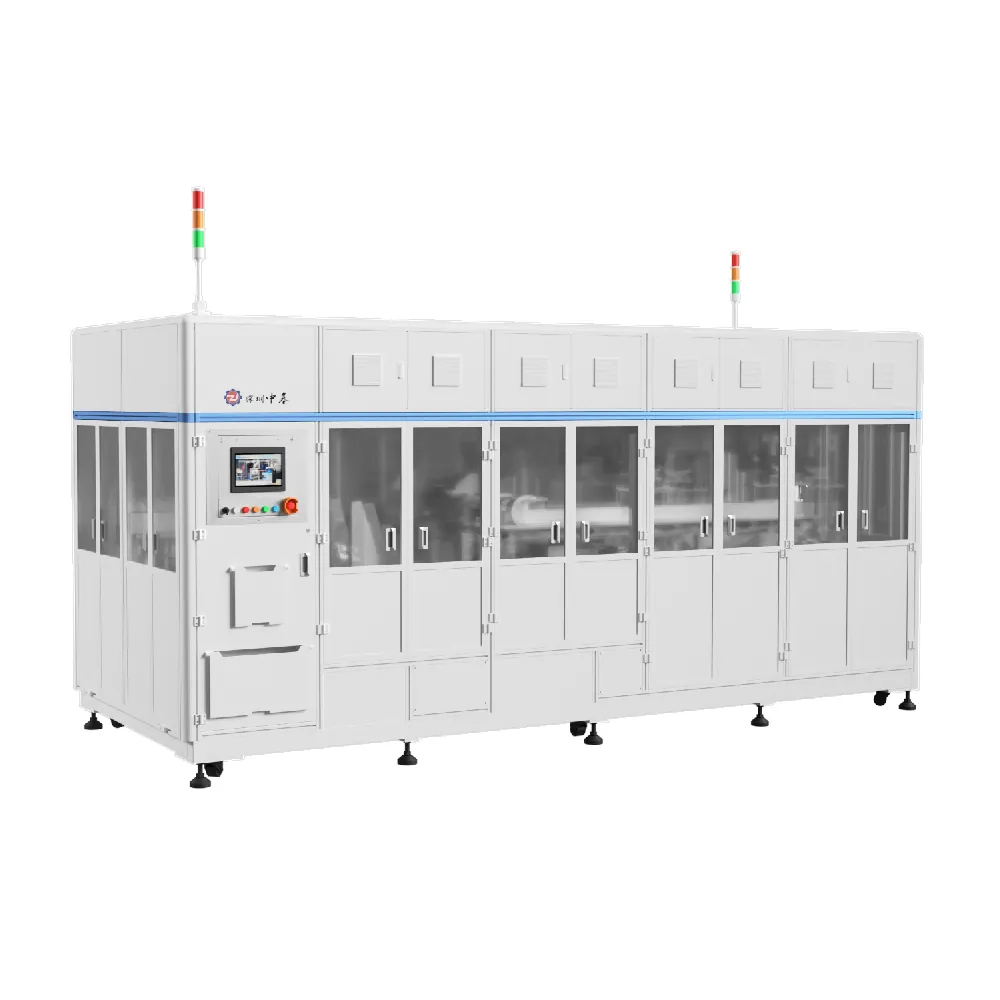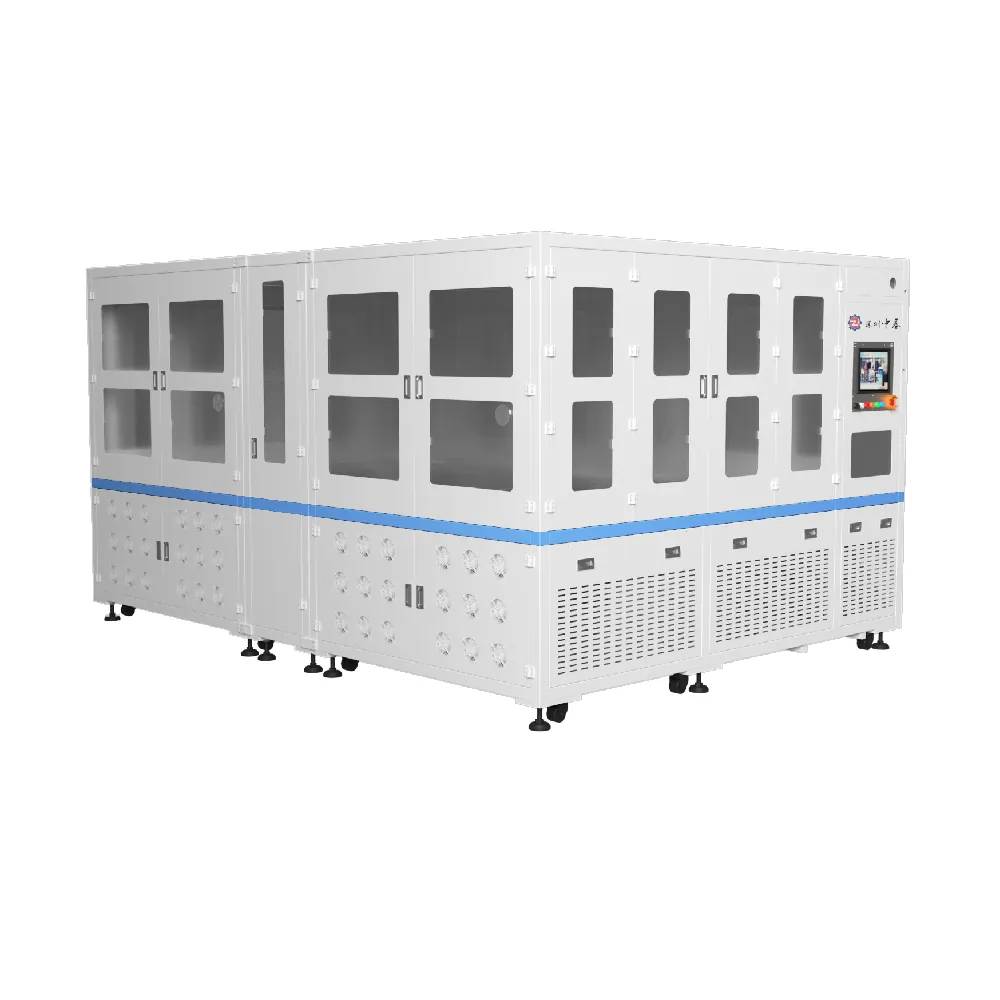
Lithium Battery Cell in Europe: Current Status, Challenges & Opportunities
The demand for batteries in the Europe market is booming. The continent’s aggressive pursuit of clean energy and sustainable transportation, combined with growing demands for electric vehicles, renewable energy storage solutions, and the shift towards carbon-neutral policies, have rapidly led European countries to establish local battery cell manufacturing plants. Companies such as Tesla and Northvolt, among others, have become Germany’s central hub for battery production. This rapid growth has underlined Europe’s commitment to leading the battery world. Nonetheless, the present status quo, challenges, and opportunities for lithium battery cell manufacturers and suppliers in Europe should be well known. In this article, we will go deep into the current status of battery cell manufacturing in Europe, the difficulties to overcome, and further opportunities for European companies to develop in the following years. (Copyright photo from: https://www.freepik.com/free-photo/3d-recycle-batteries_13328732.htm#fromView=search&page=1&position=52&uuid=a5bbf66e-6642-4908-90f9-802599cc8461) Current Status of Battery Component Preparation in Europe Europe has done very well in developing capabilities to manufacture lithium battery cells. Still, almost all the production remains reliant on critical components such as cathode and anode materials, separators, electrolytes, and cell packaging. Let’s dive deeper into the key elements: Cathodes and Anodes Materials[1] Cathode and anode materials form the backbone of lithium battery cells. European manufacturers heavily rely on imported raw materials, mainly acquired from China. Lithium, cobalt, nickel, and graphite are important for high-performance cathodes and anodes. Germany is on the front lines of Europe’s battery race; it has sizeable investments in R&D capability to localize some of these material productions, but for now, Europe still relies on global supply chains to meet its cathode and anode material requirements. Separators Separators, an important one crucial for preventing shorts between cathode and anode, are the other important ones. Though European companies have improved the separator technology, there is much more emphasis on outsourcing around 90-95%


